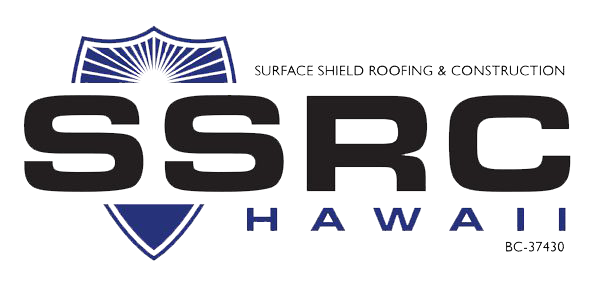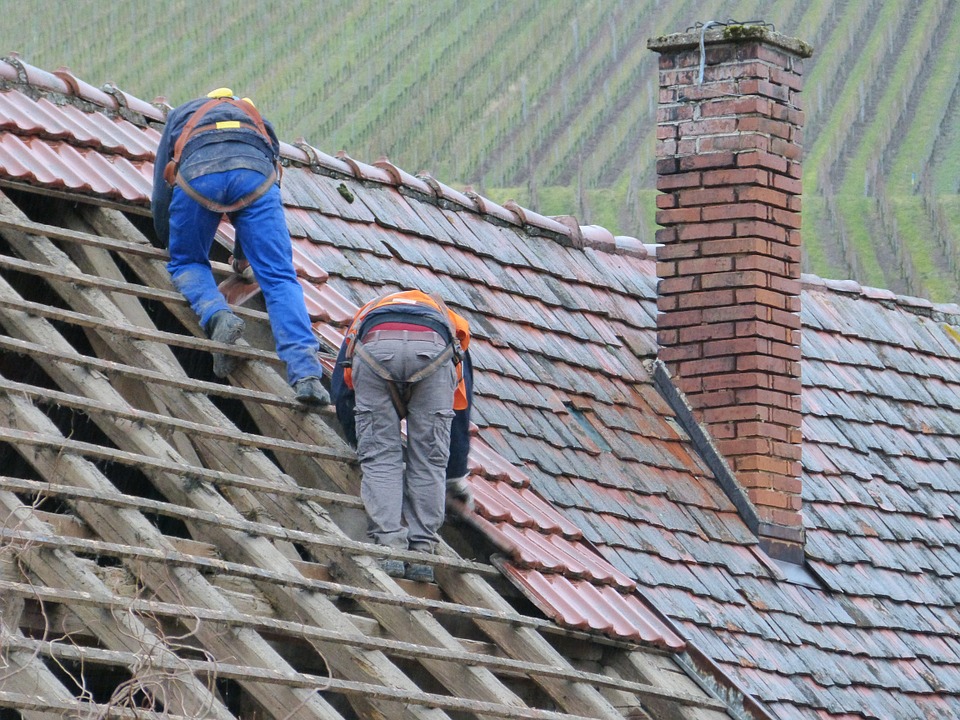Roof Repair Oahu: Specialist Roof Fixes for Lasting Security
Roof Repair Oahu: Specialist Roof Fixes for Lasting Security
Blog Article
Recognizing the Various Kinds of Roofs: A Comprehensive Overview for Homeowners
With a range of choices-- varying from the standard gable to the modern flat-- each type provides distinct benefits and challenges that ought to straighten with the house owner's environmental considerations and details requirements. As we discover the ins and outs of numerous roof kinds, it ends up being evident that one dimension does not fit all; the appropriate selection might amaze you.
Saddleback Roof
Saddleback roofs, defined by their triangular form, are among the most preferred roof styles as a result of their simpleness and effectiveness in losing water and snow. This layout features 2 sloping sides that meet at a ridge, permitting effective drainage and reducing the threat of water accumulation. The high pitch generally related to gable roofs improves their capacity to handle hefty precipitation, making them suitable for various climates.
Along with their sensible advantages, gable roofing systems provide visual versatility. They can be adapted to numerous building designs, from standard to contemporary homes. The style can additionally suit additional features such as dormer windows, which boost all-natural light and ventilation in the attic area.
Additionally, gable roofings supply enough area for insulation, adding to power effectiveness. Property owners can pick from a selection of roof materials, including asphalt shingles, metal, and ceramic tiles, better boosting personalization choices.
In spite of their advantages, gable roofs may call for extra support in areas vulnerable to high winds or hefty snowfall. Generally, the gable roofing stays a favored selection due to its mix of functionality, resilience, and visual allure.
Apartment Roofs
Flat roofs are usually acknowledged for their minimal design and functional applications, particularly in industrial and business setups (oahu roofing). These roofs include a horizontal or virtually straight surface area, which permits simple building and functional space use. While they might do not have the visual allure of angled roofs, level roofing systems use countless advantages, particularly in urban environments where optimizing room is crucial
One of the key benefits of flat roofing systems is their accessibility. Property owners can utilize the roof room for various purposes, such as rooftop gardens, terraces, or photovoltaic panel setups. Furthermore, flat roofings are typically more cost-effective to keep and mount contrasted to their sloped equivalents, as they require less products and labor.
Nonetheless, level roof coverings do existing certain difficulties. Appropriate water drainage is crucial to stop water pooling, which can cause leakages and architectural damage. Thus, selecting top notch waterproofing materials and regular examinations are essential for ensuring long life. Usual products used for flat roofs consist of built-up roof (BUR), customized asphalt, and single-ply membrane layers, each offering distinctive benefits. Generally, flat roofs act as a versatile and practical option for several house owners and companies alike.
Hip Roof Coverings
Hip roofings are identified by their sloped sides that assemble on top, creating a ridge. This design is distinctive from gable roofing systems, as all 4 sides of a hip roof incline downwards toward the walls, giving a more steady framework. The angle of the slopes can vary, enabling adaptability in building looks and performance.
One of the primary benefits of hip roof coverings is their capacity to endure hefty winds and unfavorable climate condition. The sloped surfaces allow much better water drainage, reducing the danger of leakages and water damages. In addition, hip roof coverings use boosted attic room space, which can be utilized for storage or also exchanged habitable locations.
However, constructing a hip roof covering can be more pricey and go to these guys complex than simpler roof types, such as saddleback roofs. The extra material and labor included in creating the inclines and making sure correct architectural stability can cause higher expenses. Despite these downsides, several homeowners favor hip roof coverings for their durability, aesthetic appeal, and possibility for energy efficiency.
Mansard Roofs
Mansard roofing systems, often identified by their unique four-sided style, function two inclines on each side, with the lower slope being steeper than the upper. This building style, stemming from France in the 17th century, is not just aesthetically enticing however functional, as it takes full advantage of the site useful room in the upper floors of a building. The high lower incline permits more clearance, making it an ideal choice for attics or lofts, which can be transformed into living areas.
Mansard roofs are defined by their adaptability, accommodating different architectural designs, from typical to contemporary. They can be created with different products, including asphalt roof shingles, slate, or steel, providing house owners with a series of alternatives to match their preferences and spending plans. In addition, the design permits for the assimilation of dormer windows, improving natural light and ventilation in the upper levels.
However, it is important to take into consideration the prospective downsides. Mansard roofs might call for more maintenance due to the intricacy of their layout, and their steep slopes can be testing for snow and rain drainage. On the whole, mansard roofings incorporate elegance with functionality, making them a prominent selection among homeowners seeking distinct building features.
Lost Roofing Systems
As property owners progressively look for simplicity and capability in their architectural layouts, lost roofings have become a prominent option. Defined by a solitary sloping airplane, a shed roof offers a minimal aesthetic that complements various home styles, from contemporary to rustic.
One of the main benefits of a shed roof is its simple building, which commonly converts to reduce labor and product prices. This style enables reliable water drain, lowering the danger of leakages and water damages. Additionally, the upright incline offers sufficient area for skylights, enhancing all-natural light within the inside.
Dropped roof coverings also supply versatility in regards to usage. They can be effectively incorporated right into enhancements, garages, or outdoor frameworks like structures and sheds. Furthermore, this roofing design can suit various roof covering products, consisting of steel, asphalt shingles, and even eco-friendly roof coverings, straightening with environmentally friendly campaigns.
Nevertheless, it is vital to consider regional climate conditions, as heavy snow tons may necessitate adjustments to the roofing system's angle or structure. In general, shed roofs present a practical and cosmetically pleasing option for home owners looking to maximize capability without endangering design.
Verdict


Gable roofings, defined by their triangular shape, are amongst the most popular roof covering styles due to their simplicity and performance in dropping water and snow. oahu roofing. The high pitch generally linked with gable roofing systems improves their ability to take care of heavy precipitation, making them appropriate for different environments
While they may do not have the aesthetic appeal of pitched roofing systems, level roof coverings offer many benefits, especially in city settings where making best use of space is crucial.

Report this page